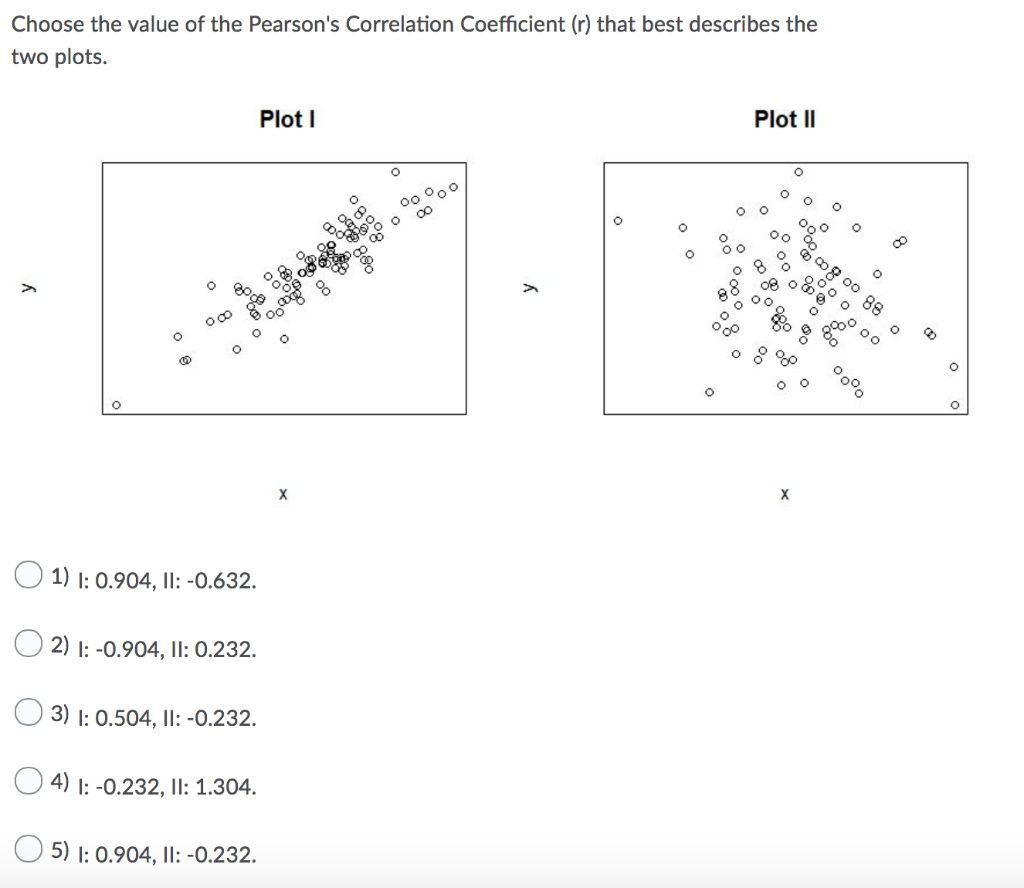

Pwr.f2.test(u =, v =, f2 =, sig.level =, power = ) Linear Modelsįor linear models (e.g., multiple regression) use Cohen suggests that r values of 0.1, 0.3, and 0.5 represent small, medium, and large effect sizes respectively. We use the population correlation coefficient as the effect size measure. Where n is the sample size and r is the correlation. Pwr.r.test(n =, r =, sig.level =, power = ) Where k is the number of groups and n is the common sample size in each group.įor a one-way ANOVA effect size is measured by f whereĬohen suggests that f values of 0.1, 0.25, and 0.4 represent small, medium, and large effect sizes respectively. (k =, n =, f =, sig.level =, power = ) You can specify alternative="two.sided", "less", or "greater" to indicate a two-tailed, or one-tailed test. (n1 =, n2=, d =, sig.level =, power = )įor t-tests, the effect size is assessed asĬohen suggests that d values of 0.2, 0.5, and 0.8 represent small, medium, and large effect sizes respectively. Where n is the sample size, d is the effect size, and type indicates a two-sample t-test, one-sample t-test or paired t-test.

Type = c("two.sample", "one.sample", "paired")) Pwr.t.test(n =, d =, sig.level =, power = , (To explore confidence intervals and drawing conclusions from samples try this interactive course on the foundations of inference.) t-testsįor t-tests, use the following functions: Your own subject matter experience should be brought to bear. Cohen's suggestions should only be seen as very rough guidelines. ES formulas and Cohen's suggestions (based on social science research) are provided below.

Specifying an effect size can be a daunting task. Therefore, to calculate the significance level, given an effect size, sample size, and power, use the option "sig.level=NULL". functionįor each of these functions, you enter three of the four quantities (effect size, sample size, significance level, power) and the fourth is calculated. Some of the more important functions are listed below. The pwr package develped by Stéphane Champely, impliments power analysis as outlined by Cohen (!988). Given any three, we can determine the fourth.


 0 kommentar(er)
0 kommentar(er)
